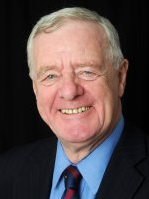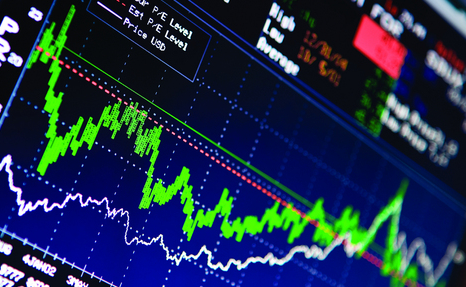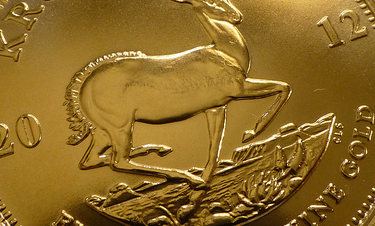Nyheter
David Hargreaves on Precious Metals, week 30 2014

It has surprised many – if not most – that whilst competing political tensions have escalated – in the Russia/Ukraine and Israel/Palestine theatres – the gold price has subsided and with that its cohorts, the PGMs and silver. These are the bellwethers of fear and tension, yet they fall.
Q: Now, why?
A: Because it is all a game. We do not believe this will boil over into a major military conflict, rather a fudge, a compromise with rhetoric coming out ahead. What we do believe is that the world economy is strengthening, that interest rates will rise and stock markets will gain ground. Not so commodity prices, perhaps, because they also ran ahead of themselves. Yet the precious metals have probably done enough, certainly for now.
So, does the WIM theory – that everything above $1000 is political froth – still hold good? We need to keep reminding ourselves that these are high levels, last seen 18 months ago and before the world economy staged a recovery of sorts. We continue to be reminded that the 9-10% gold rally this year so far, beats the gain for equities, commodities and Treasuries. Goldman Sachs does not back down on gold going lower as the economy improves. Swimming alongside is Société Générale. So GS goes for $1050 by end 2014 and SG $1245. WIM opts for $1200.
Yields on US ten-year Treasury bonds, too, are falling, down to a 2.5% from 3.0%. India’s performance matters to the gold market, even more than that of China. It not only imports a substantial amount, but processes and re-exports for a profit. The catch? Much also disappears under the bed, playing hell with the balance of payments. So when the government stuck on a 10% import duty last year, it dented the inflow, like down from 1014t in the year to March 2013 to 670t in like 2014. It is a difficult balance and India’s bank gold holdings are only 5.4% of foreign exchange reserves. The government is not backing down in its resolve over the import duty. A sign of hope is that the country’s export growth is moving up, but so are gold imports, despite the levy. At $3.12bn in June (we make that 60t), they are up 66% on like 2013.
What the World Gold Council thinks. The WGC has treated us to its H1 2014 investment commentary. It would test a Philadelphia lawyer so we will not bore with it except to summarise: the metal is up 9.2% this year, to the surprise of most analysts. Investment demand is tepid. Now is a prime opportunity to add, given high bond issuance, tight credit spreads and record low volatility (of what?). So says the WGC.
The London Gold Fix. Sharps Pixley, a name synonymous with London gold trading, rose from the ashes to command a niche presence in both research and marketing. Its CEO Ross Norman knows the scene and thinks the London ‘Fix’ still does the job. He makes the simple case that via its five member firms, it reaches many clients before a decision on price is reached. It is something like an auction and provides a venue for large deals. A good summary.
[hr]
About David Hargreaves
David Hargreaves is a mining engineer with over forty years of senior experience in the industry. After qualifying in coal mining he worked in the iron ore mines of Quebec and Northwest Ontario before diversifying into other bulk minerals including bauxite. He was Head of Research for stockbrokers James Capel in London from 1974 to 1977 and voted Mining Analyst of the year on three successive occasions.
Since forming his own metals broking and research company in 1977, he has successfully promoted and been a director of several public companies. He currently writes “The Week in Mining”, an incisive review of world mining events, for stockbrokers WH Ireland. David’s research pays particular attention to steel via the iron ore and coal supply industries. He is a Chartered Mining Engineer, Fellow of the Geological Society and the Institute of Mining, Minerals and Materials, and a Member of the Royal Institution. His textbook, “The World Index of Resources and Population” accurately predicted the exponential rise in demand for steel industry products.
Nyheter
Silverpriset når 40 USD, högsta sedan 2011
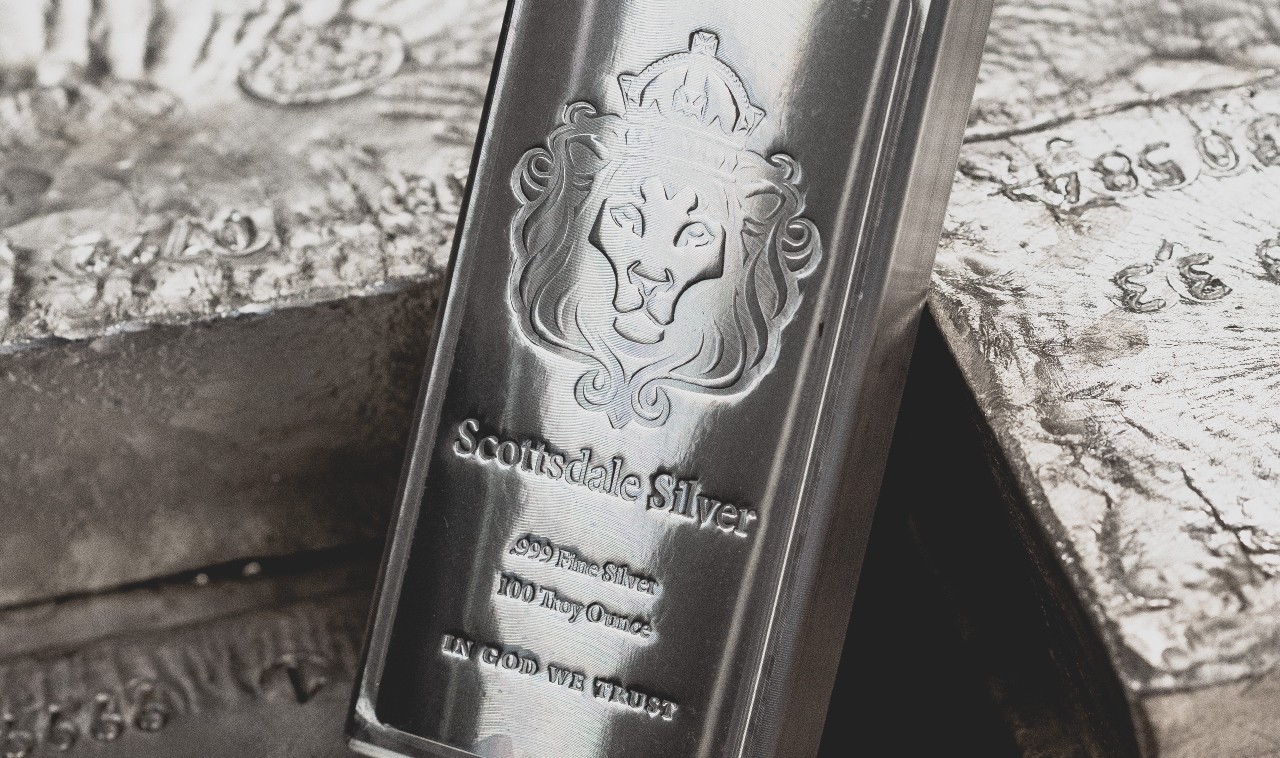
Silverpriset steg precis över 40 USD per uns, vilket är den högsta nivån sedan 2011. Silverpriserna stiger på grund av ett betydande och långvarigt underskott i utbudet, där efterfrågan konsekvent överstiger produktionen. Drivkraften bakom detta är en stark industriell konsumtion, särskilt kopplad till energiomställningen och gröna teknologier som solenergi. Geopolitiska risker och global osäkerhet har dessutom ökat metallens attraktionskraft som en trygg tillgång, samtidigt som marknadens förväntningar på framtida tillväxt och efterfrågan bidrar till att stödja priserna. En svagare amerikansk dollar gör även att silverpriset i USD har lättare att stiga.
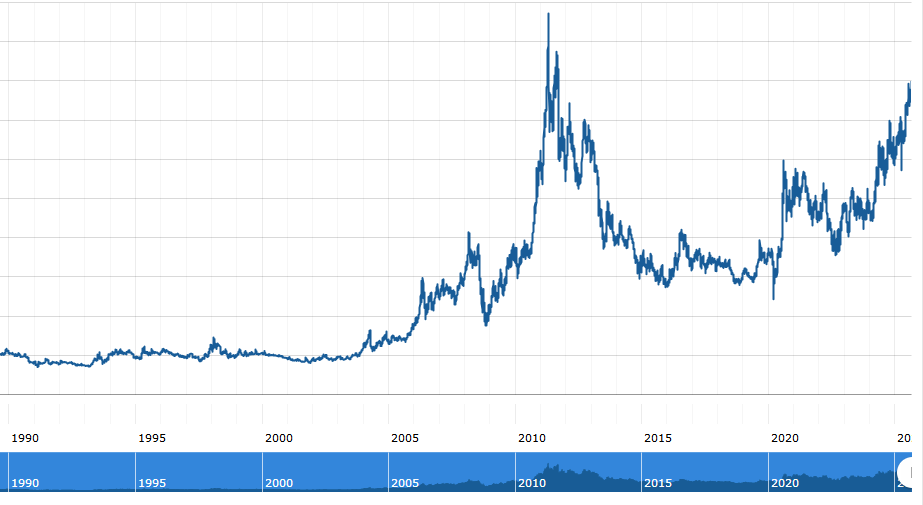
Nyheter
Nytt produktionsrekord av olja i USA, högsta efterfrågan på 20 år

Javier Blas uppmärksammar att USA har slagit ett nytt produktionsrekord av olja och oljeprodukter, det som brukar kallas liquids, vilket förutom olja även inkluderar vissa flytande produkter som görs av naturgas. Det är siffrorna för juni som har reviderats av EIA och som nu visar att produktionen under juni var 21,064 miljoner fat per dag, det är 396 000 fat mer än den initiala beräkningen.
EIA har också reviderat upp efterfrågan i juni betydligt. Sammanräkningen visar nu att den var 21,007 miljoner fat per dag, vilket är 607 000 fat högre än den initiala sammanräkningen. Det är den högsta efterfrågan för någon månad sedan juni 2005. Bensin, diesel och flygbränsle reviderades alla upp.
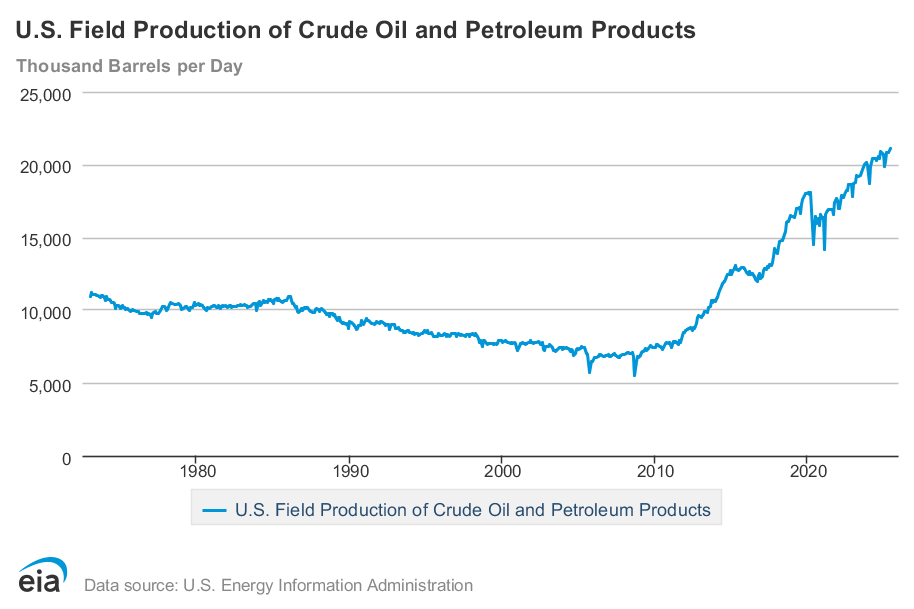
Nyheter
Mahvie Minerals är verksamt i guldrikt område i Finland
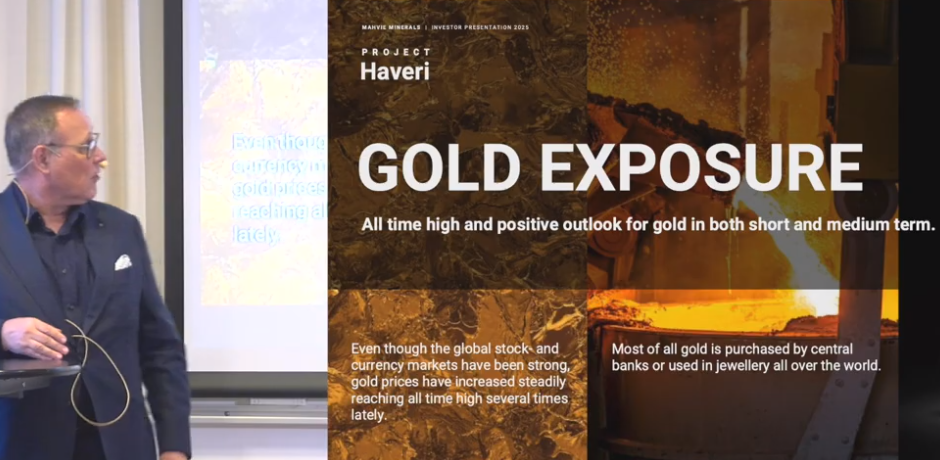
Mahvie Minerals utvecklar guldtillgångar i Finland, närmare bestämt Haveri beläget i Tammerfors guldbälte, och undersökningarna visar på mycket intressanta mängder. Bolaget planerar nu för att ta de nästa stegen framåt. Här presenterar VD Per Storm verksamheten.
-
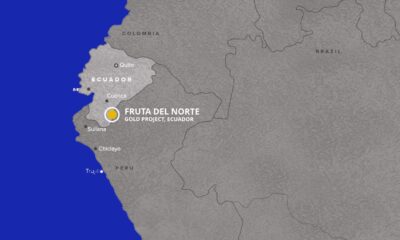
 Nyheter4 veckor sedan
Nyheter4 veckor sedanLundin Gold rapporterar enastående borrresultat vid Fruta del Norte
-
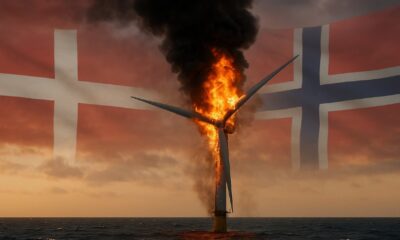
 Nyheter3 veckor sedan
Nyheter3 veckor sedanOmgående mångmiljardfiasko för Equinors satsning på Ørsted och vindkraft
-
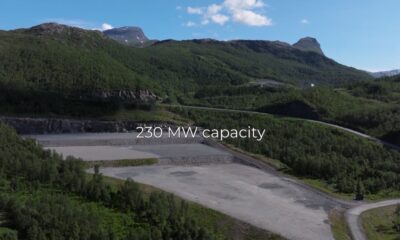
 Nyheter4 veckor sedan
Nyheter4 veckor sedanStargate Norway, AI-datacenter på upp till 520 MW etableras i Narvik
-

 Nyheter3 veckor sedan
Nyheter3 veckor sedanLundin Gold hittar ny koppar-guld-fyndighet vid Fruta del Norte-gruvan
-

 Nyheter3 veckor sedan
Nyheter3 veckor sedanGuld stiger till över 3500 USD på osäkerhet i världen
-

 Nyheter1 vecka sedan
Nyheter1 vecka sedanMeta bygger ett AI-datacenter på 5 GW och 2,25 GW gaskraftverk
-

 Analys3 veckor sedan
Analys3 veckor sedanWhat OPEC+ is doing, what it is saying and what we are hearing
-
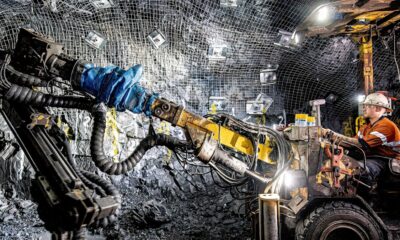
 Nyheter3 veckor sedan
Nyheter3 veckor sedanAlkane Resources och Mandalay Resources har gått samman, aktör inom guld och antimon


